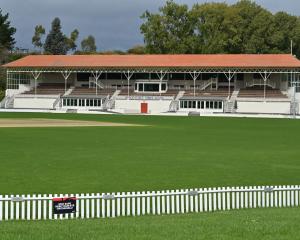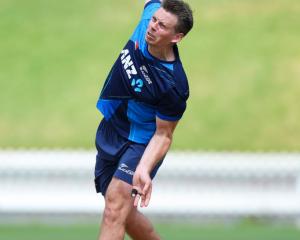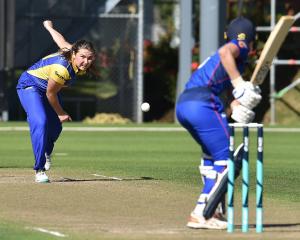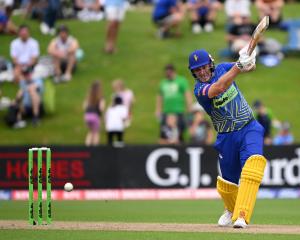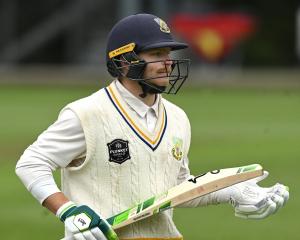How far do you reckon Lance Cairns would have been able to hit the ball with one of today's chunky bats?
Out of the park?
Down the street?
Half way to Halfway Bush?
Last month, it was widely reported the ICC is considering a clampdown on the size of bats that might well be dubbed the battle of the bulge.
While today's bats are certainly more powerful, other than those massive edges which can measure up to 45mm, the face of a bat is no larger than it was during the 1980s when we were all busy shaving the shoulders off so they would look exactly like the excalibur Cairns waved about, sometimes with just the one hand.
The laws of cricket state the length of a bat may be no more than 965mm and no wider than 108mm.
There is no mention about how thick they can be and that is where modern bats differ so markedly from those twigs Martin Crowe used throughout his illustrious career.
They do not generally weigh any more either so the secret is in the design, Otago Sports Depot owner Brent Davies said.
''They've altered the shape and the balance point and that creates a lighter pick-up,'' he said.
''The willow seems to be a little bit drier which creates lightness. A lot of brands have changed the concave of the face from seven degrees to two degrees which means you take weight off the front to create a thicker edge which creates more power. There is a lot more wood.''
We know what a lot more wood means.
It means a meatier sweet spot and bigger hits.
Even a slight batsman such as Glenn Maxwell, when he is not busy miming and taunting the crowd, can flick a ball from outside off for six - a shot which seemed impossible 20 years ago.
And the sight of MS Dhoni shovelling a six back over the bowler's head, when he is on the back foot, off balance and only connects with the bottom of the bat, leaves some of us old fuddy-duddies a little cold about how far bat technology has come.
A few decades ago, a batsman would have been unlucky if a shot like that carried back to the bowler on the full.
But all this extra power comes at a cost. Modern bats are drier which means they tend to dent, chip and split more easily.
On occasion they even break in half. You would not have seen that 20 years ago.
A top-end bat can sell for more than $1000 and a professional can go through eight to 10 bats in a season.
Bats are not the sort of equipment you can hand down to your son or daughter any more.
Just as an aside, you will note the pictured Duncan Fearnley bat provided by rugby writer Stephen Hepburn appears to be in pristine condition until you turn it on its side.
The edges are dotted red.


